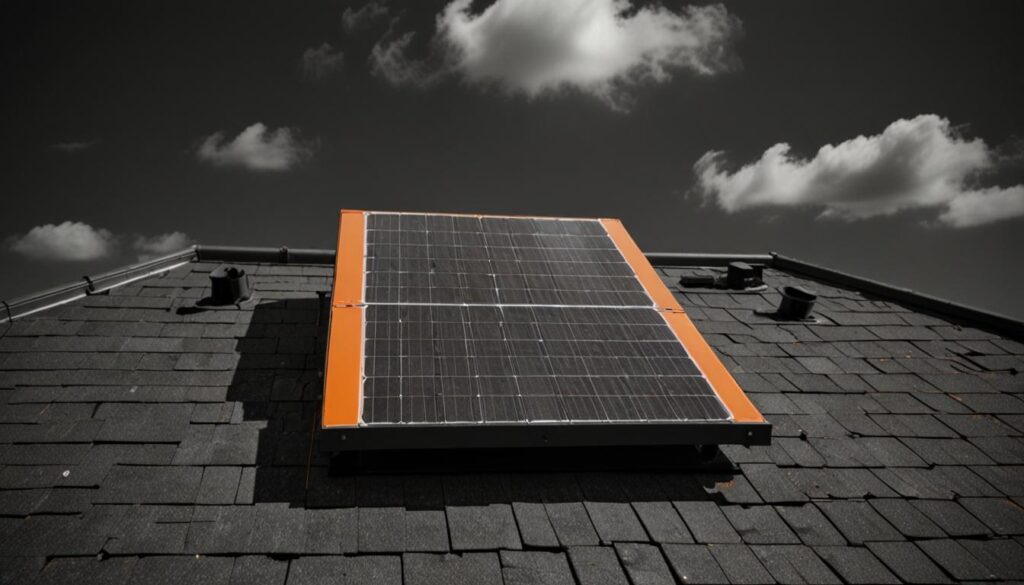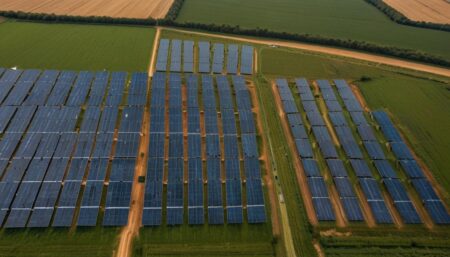Solar energy adoption is on the rise in Southern California and the UK, driven by environmental concerns and the desire for cost-effective solutions. However, homeowners face challenges such as financial strains and installation complications, highlighting the need for careful consideration and planning in transitioning to solar power.
Solar Energy Adoption: Trends and Challenges
In Southern California, the popularity of solar energy has been growing, driven by abundant sunshine and environmental concerns. However, homeowners face significant hurdles in adopting solar energy, from financial challenges to installation issues.
Financial Strain
Many homeowners were enticed by “zero down” financing but ended up with long-term debts for solar panels that rapidly depreciated in value. Changes in utility programs, such as Southern California Edison’s “time of usage” charges during peak times, led to higher bills than expected, counteracting the savings from solar energy.
Installation Complications
Poor installation practices have caused issues like roof leaks, exacerbated during heavy rainfall. This has raised concerns about the quality and reliability of solar installations.
UK Trends: Growing Adoption
In the UK, solar energy adoption is on the rise. In 2023, solar panel installations increased by 30%, with more homeowners investing in renewable energy to combat rising energy bills and reduce carbon emissions.
Cost and Savings
The cost of a typical 3.5kWp solar system in the UK is around £7,000, with an additional £6,500 for a battery to store excess energy. The Smart Export Guarantee (SEG) allows homeowners to earn money by exporting surplus energy back to the grid, potentially reducing the payback period to six to ten years.
Despite the challenges, solar energy remains an attractive option for those seeking sustainable and cost-effective energy solutions. Homeowners must navigate financial obligations, installation quality, and appropriate system sizing to optimize benefits.

















